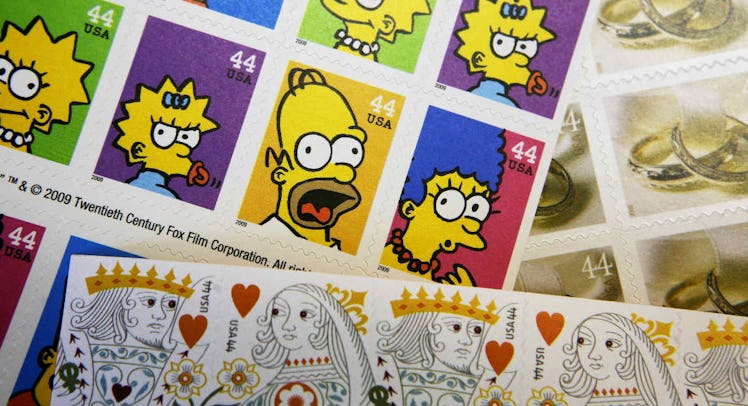What Costs the Same as it Did in the 1980s? Just Stamps
Looks like postage stamps are about one of the only things that are literally cheap as they've ever been.

It’s always a little crazy to think about how much things used to cost. Every time we hear some hilariously low figure like $50 for a single college credit, our jaws tend to drop a little before someone comes out of the woodwork yelling “but what about inflation?” Because of this, the financial website Kiplinger compiled a list of items that were popular in the 1980’s and determined if they would be cheaper or more expensive based on inflation. The results are both shocking and not all that shocking.
Unfortunately, everything on the list, from Big-Mac’s to a new home, to a new Rubik’s cube, are way more expensive.
Almost unsurprisingly there was only one item on the list that stayed even roughly the same price: the U.S. postage stamp. In 1985, a postage stamp cost 22 cents, when that price is adjusted for inflation it comes out to 52 cents which is actually about what you would pay for a stamp right now.
Still, two items on the list actually got cheaper: milk, eggs, and personal computers. In 1985, milk cost $1.09 ($2.56 after inflation), a dozen eggs were about a dollar ($2.39 after inflation), and Apple’s first personal computer cost $2,500 ($6,081 after inflation). Today a dozen eggs only cost about $1.40, milk is $1.96 per a half gallon, and personal computers are so ubiquitous, that one can be bought for $400.
Milk is actually cheaper for a handful of reasons linked to practices like trade liberalization, where countries impose lower tariffs on each other to trade goods, but the most notable reason is simply that milk has a much longer shelf life today than it did in 1985. For example, a company in Brazil extended the shelf life of milk by a week using nanotechnology. Personal computers have just gotten easier to build, so much so that a laptop computer today is 96 percent cheaper than a 1994 model and 1,000 times better.
This article was originally published on